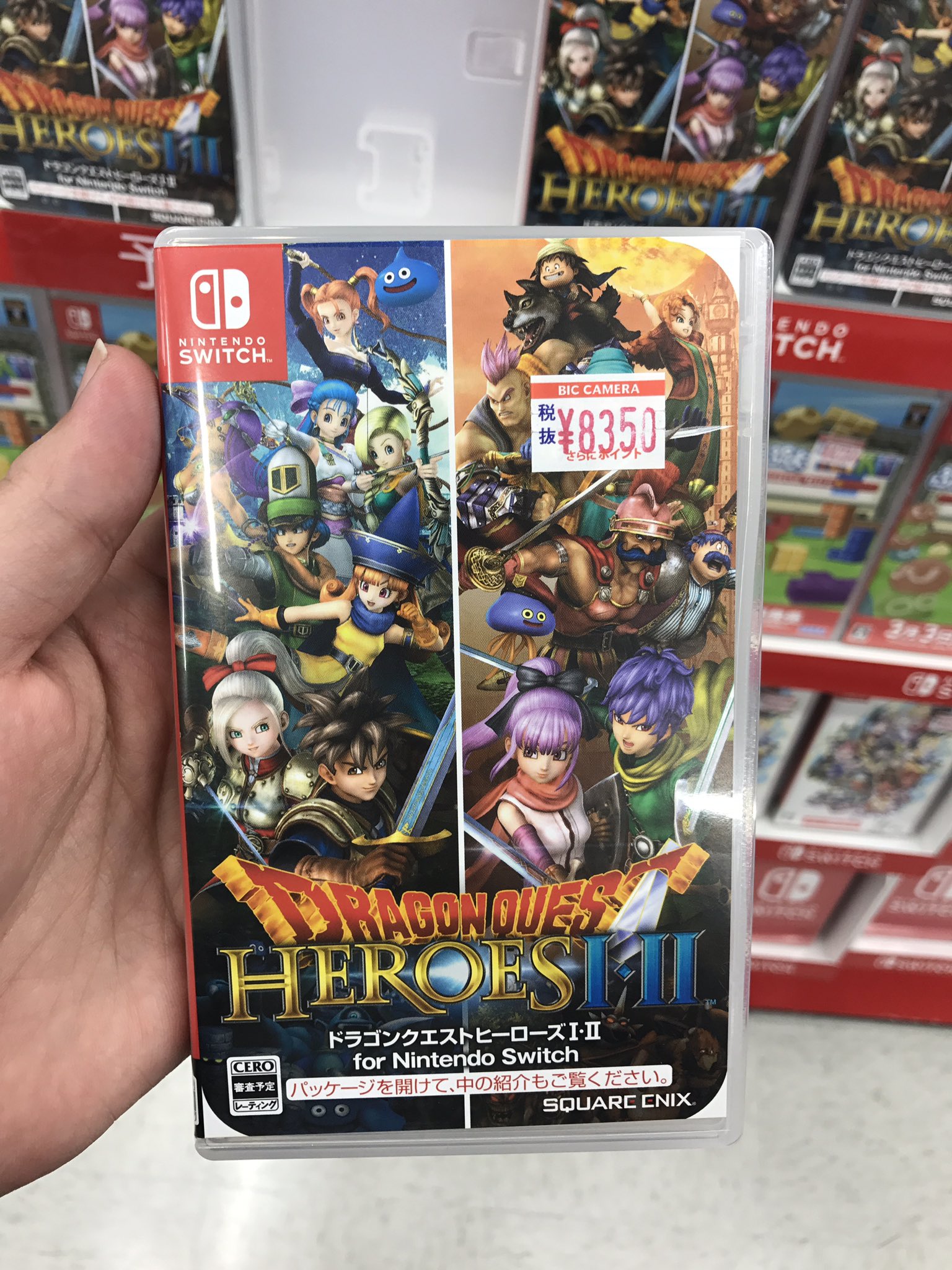

So BotW tells you that it is a game about exploration and leaves you largely undirected apart from a few interventions from a mysterious old man. It’s not a tutorial, it’s the whole experience encapsulated into a two-hour mini-adventure.īreath of the Wild introduces players to several of the major enemies in a highly controlled environment. The player is subtly informed about waypoint-setting and quest markers, and pointed towards the end goal – Hyrule Castle. It has several enemy encampments to teach you about combat, different climates that introduce you to stat-boosting food and clothing, and four shrines that mirror the four divine beast dungeons, which provide the main body of the challenge later on. Instead of a conventional tutorial mission, this small region is an intricately designed miniature version of the entire map. When you set out, you are contained within a raised area called the Great Plateau, from which the rest of the world is inaccessible until you earn the paraglider item. The first example of Nintendo’s philosophy of gentle guidance is at the very start of the game.

This is how it works: The world in miniature
#Switch breath of the wild case no background series#
Rather than a daunting and intimidating unknown, the world is a series of breadcrumb trails ready to be discovered and followed.

For many developers, the idea of making a 100+ hour game that’s almost entirely player-led is a terrifying prospect, as the lack of overt structure can be overwhelming and dis-incentivising for the player.īotW, however, employs a range of quiet, clever techniques designed to help players navigate the environment. One-and-a-half times the size of open-world trailblazer Skyrim and 12 times the size of Twilight Princess, it provides a vast terrain to explore with barely any restrictions beyond a few hours of subtly enclosed preparation. Released on Wii U and Switch in March, The Legend of Zelda: Breath of the Wild (BotW) is the biggest Zelda title ever made.


 0 kommentar(er)
0 kommentar(er)
